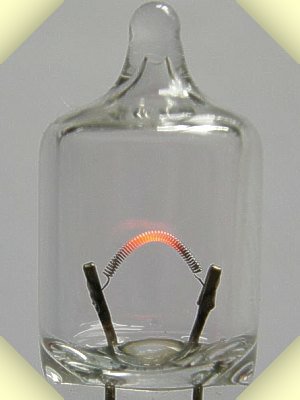HALOGEN-LAMP-TECHNOLOGY
A halogen lamp was an incandescent lamp filled with
a highly pressurised inert gas. To this gas a small
amount of halogen (mostly bromine or iodine) was
added, causing an ingenious process of
regeneration from the wolfram atoms that had been
emitted by the filament of the lamp. In the relatively
cold outer zones of the lamp these atoms would bind
themselves to the halogen molecules. The quality of
these chemical combinations was that they did not
condense on the inside of the glass bulb, making the
bulb to remain clear throughout the lifetime of the
lamp. Natural circulation of the gas within the lamp
ultimately would cause the halogen combinations to
enter the hottest zone surrounding the filament of
the lamp. There the combination would break up and
the released wolfram atoms would reduce further
evaporation of the filament. Thanks to this process
of regeneration the average lifetime of a halogen lamp was significant longer than
that of a conventional incandescent lamp. Because of the high pressure and
-temperature, halogen lamps usually were relatively small and made out of quartz
glass. The melting temperature of quartz glass is much higher than that of ordinary
glass (about 1100 degrees Celsius instead of about 500 to 800 degrees Celsius).
The filament temperature of a halogen lamp could rise as high as 2600 degrees
Celsius.


